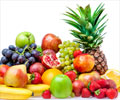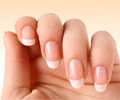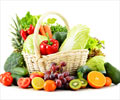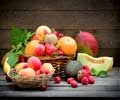If bacterial contamination levels are high on certain fruits, then UVC technology alone may not be sufficient to achieve the desired level of effectiveness.
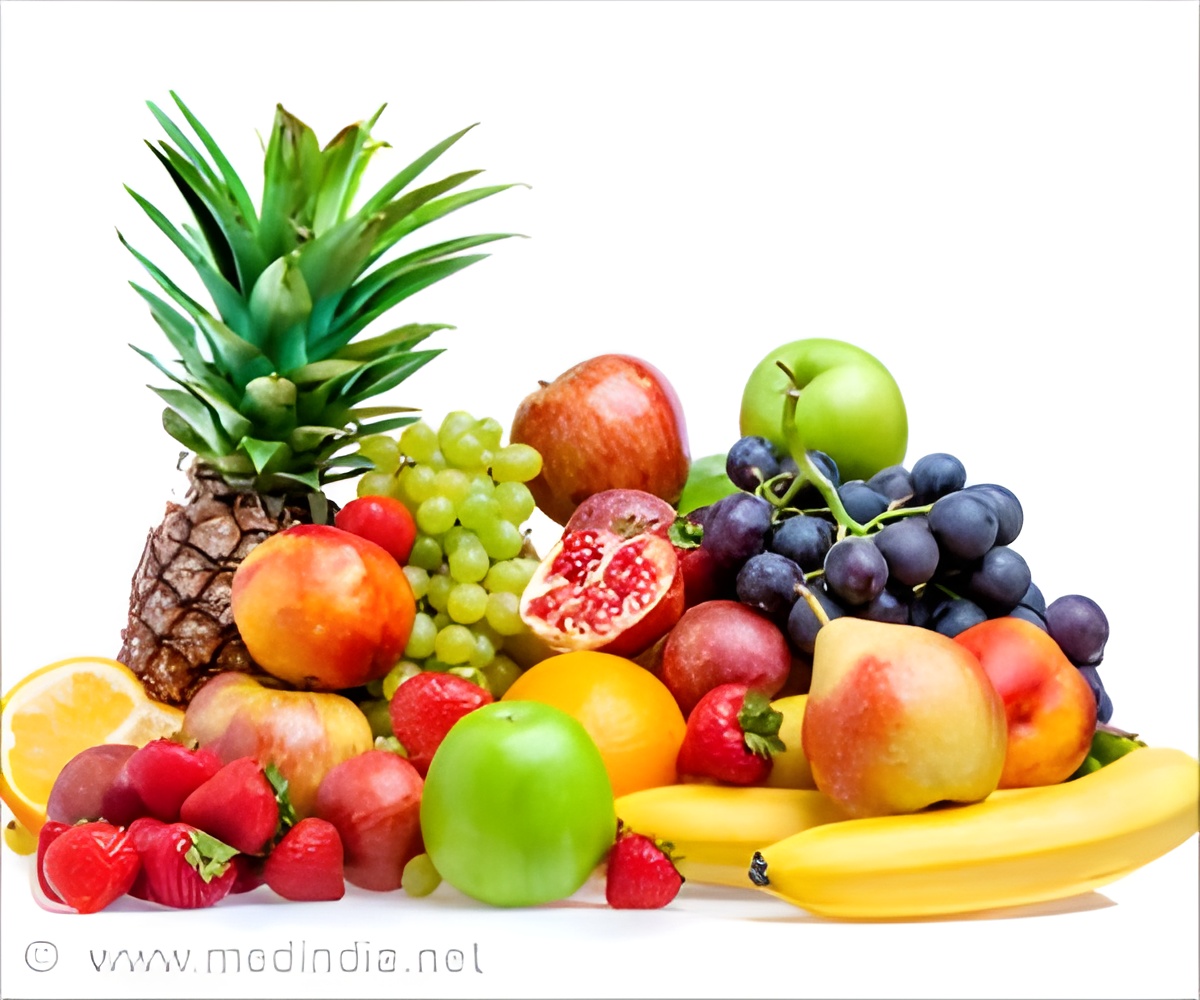
After learning from organic farmers and food processors about a lack of sanitizing options, Sablani and his colleagues decided to explore UVC light. It has a shorter wavelength than ultraviolet A or B light.
UVC light, which cannot penetrate opaque, solid objects, can be effective in sanitizing surfaces. The technology, which has been around for several years, has been used to effectively sanitize food contact surfaces as well as drinking water and contaminated air.
It works on micro-organisms by destroying nucleic acid and disrupting their DNA. But the light did not affect the chemical or physical quality of the fruit in the study.
Sablani and his colleagues exposed apples, pears, strawberries, raspberries and cantaloupe to different doses of UVC to determine how effective the pathogen-killing light was against a mix of strains of E. coli and listeria.
They found that the light can inactivate up to 99.9 percent of pathogens on apples and pears. However, listeria was more UVC resistant than E. coli. "If you have smoother skinned fruit, then this technology is really great. If the fruits are very rough and if the level of contamination is low, it also works quite well," Sablani said.
Rough surfaces of strawberries, raspberries and cantaloupe offer places where pathogens can literally hide, reducing the effects of UVC light. If bacterial contamination levels are high, then UVC technology alone may not be sufficient to achieve the desired level of effectiveness.
 MEDINDIA
MEDINDIA



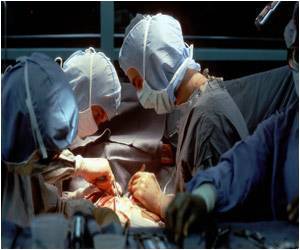
 Email
Email

